Windows users will no longer be forced to manually Google error messages to figure out why their computer crashed, as development builds of Windows 10 now include a QR code on the Blue Screen of Death.
The QR codes appeared in build 14316 of the Windows 10 Insider Preview, Ars Technica. Though it currently points to a generic help page, the QR code will presumably eventually direct users to specific Windows support articles.
Microsoft's Blue Screen of Death was long a spartan, utilitarian affair. It displayed a generic message and an often unintelligible crash code in a monospaced font.
That changed with Windows 8, when the BSOD was redesigned to add a sad emoticon and more nuanced error instructions.
Apple's modern equivalent — the OS X kernel panic screen — has always been somewhat more refined, though less helpful. Until OS X 10.8, rather than providing a reason, the kernel panic screen simply instructed users to perform a hard reset of their system; more recent revisions perform the reboot automatically.
 ����Vlog Staff
����Vlog Staff



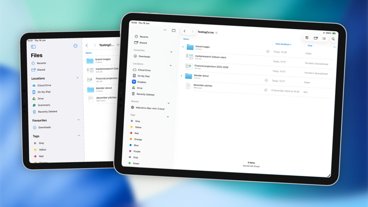



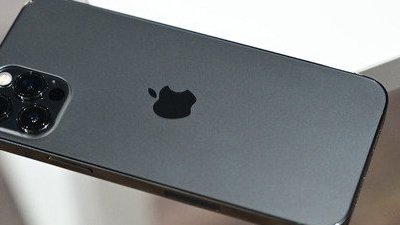
 Charles Martin
Charles Martin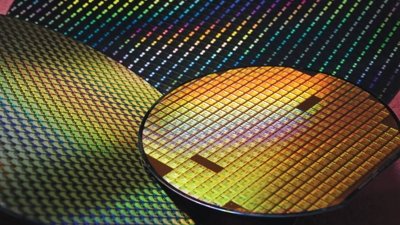
 Malcolm Owen
Malcolm Owen

 Mike Wuerthele
Mike Wuerthele
 Amber Neely
Amber Neely
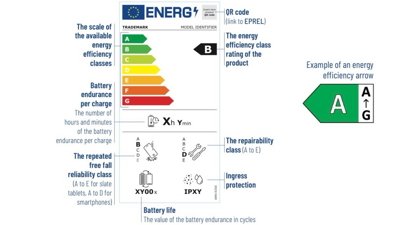
 Andrew Orr
Andrew Orr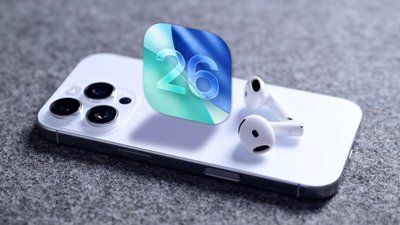
 Andrew O'Hara
Andrew O'Hara
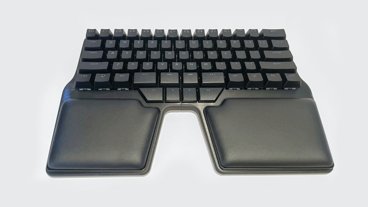




51 Comments
Or you could just get a Mac and not crash...
How about bring it into the modern era and just have it show a giant turd emoji instead?
"